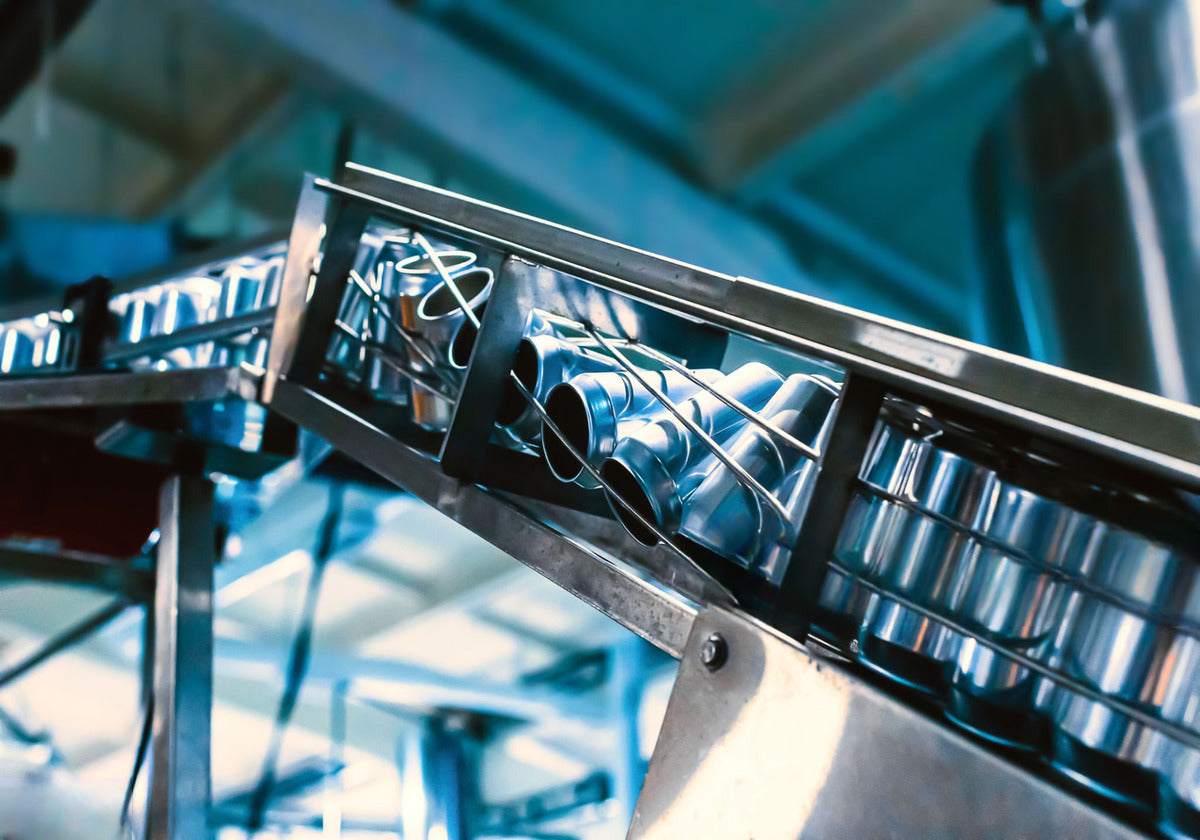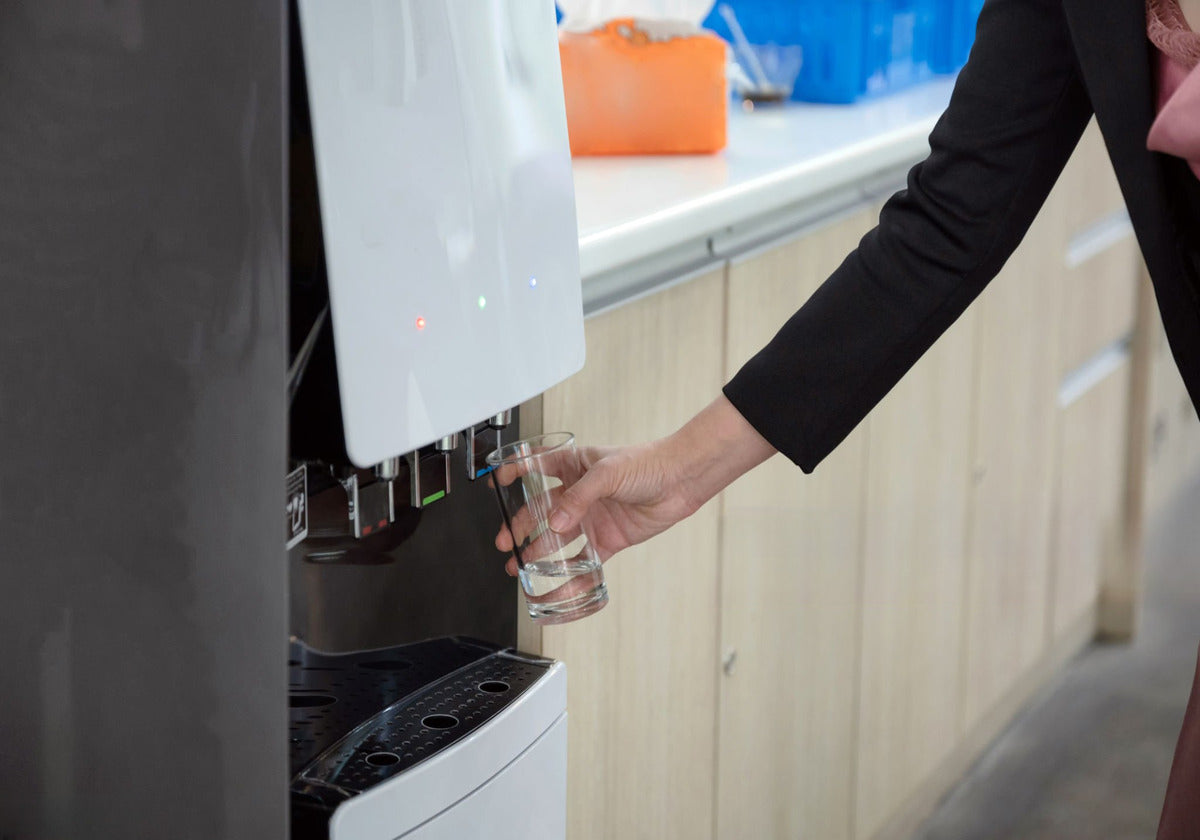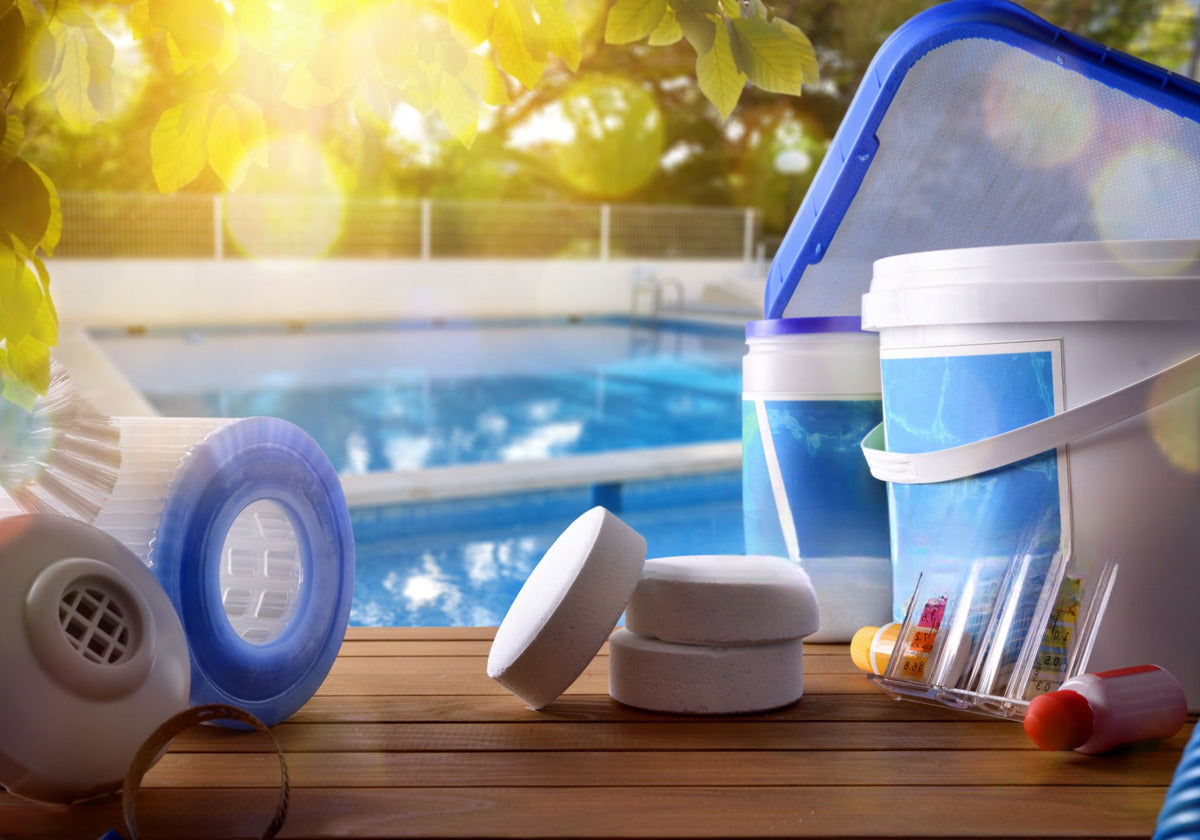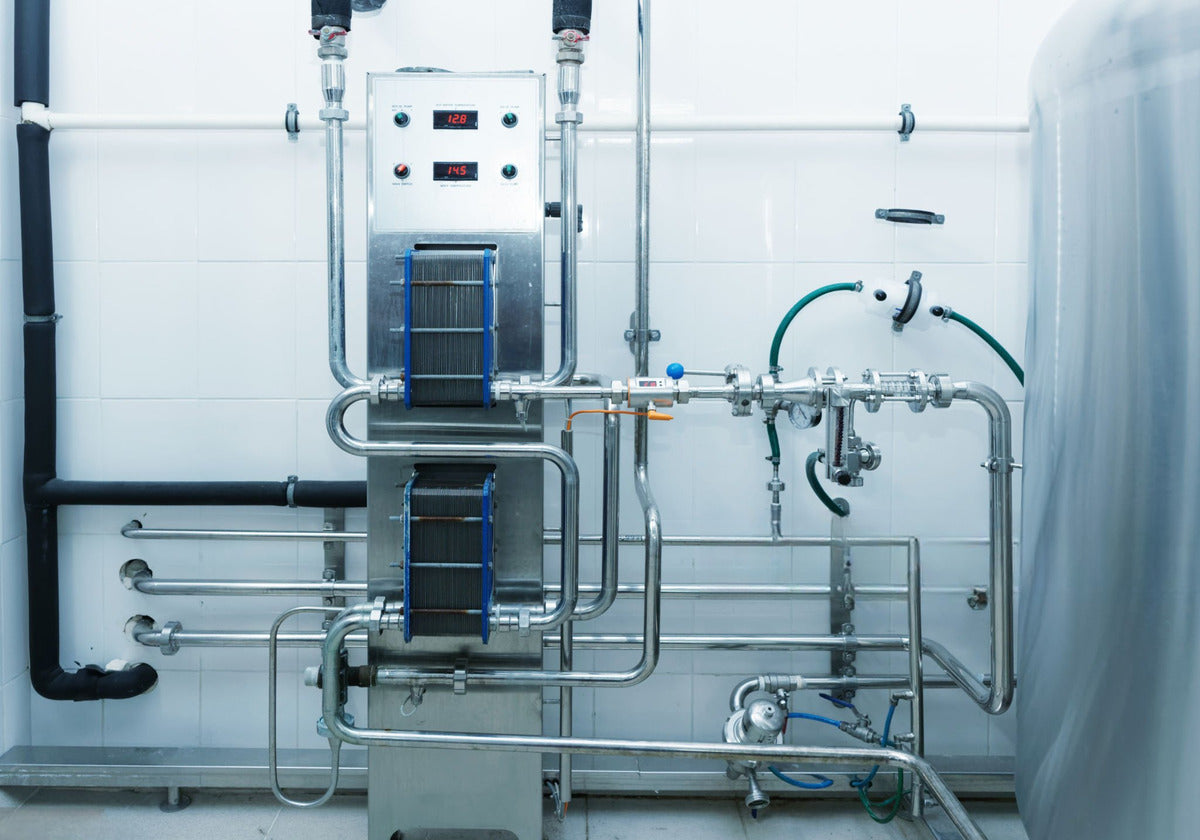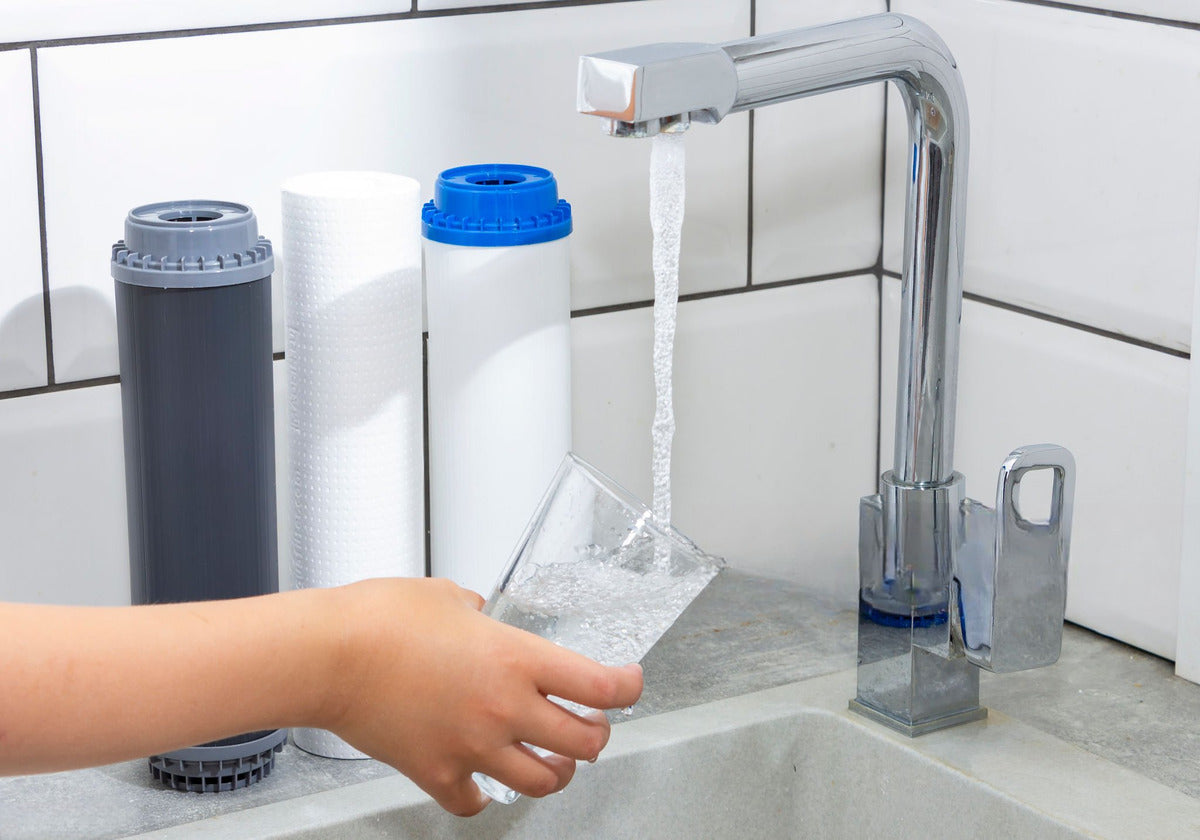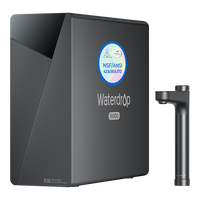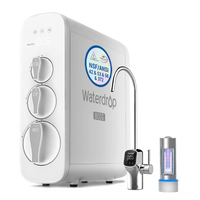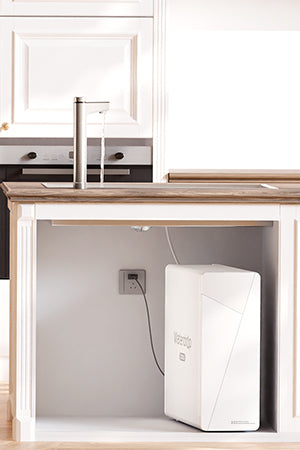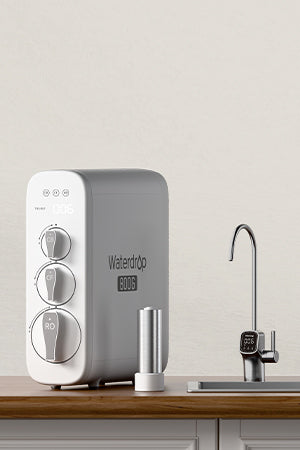Home water purification is the most effective method for ensuring that the water you consume and use is high quality and safe. Even though municipal water treatment facilities are recognized to provide purified water, there is still a possibility that toxins are present in the water because the infrastructure is becoming older or because of environmental factors. Therefore, filtering water at home offers you an additional layer of defense against the possible health risks produced by pollution.
Techniques for Filtering Water at Home
Purified water is essential for usage in the home, particularly for activities such as cooking and cleaning, since it prevents the presence of harmful toxins. In addition, it enhances the overall flavor and aroma of the water consumed, making drinking water more appealing.
It protects against infections caused by parasites, viruses, and bacteria that can withstand conventional treatment procedures and can freely reside in your water. A wide variety of drinking water purification systems are available, and each one is designed to specifically target and eliminate dangerous pollutants to enhance your overall health and well-being. Now that you understand why it is necessary to purify your house, let us talk about the several choices that are accessible to you.
Boiling
The boiling of water is a simple but very efficient method of water purification that may be used in the house when there is uncertainty over the safety of the water supply. This approach, which is both economical and dependable, serves as the first line of protection against unseen threats, such as parasites and bacteria that may be found in water and represent a threat to human health.
Bring clean water to a rolling boil, and then keep it there for the recommended length, which is often between one and three minutes. This will begin the process of purifying the water, depending on the altitude that you are at. Because the water at higher altitudes has a lower boiling point, it takes longer for water to boil for those who live there. Place a lid on the boiling water and wait for it to cool down before drinking it.
To ensure the water is safer and more precise, you should wait until the compounds have sufficient time to settle. It is common practice to enhance the quality of water that has been boiled by passing cloudy water through a filter, a towel, or a cloth. This helps remove larger particles and impurities from the water.
Metals, salts, fuel, toxic chemicals, and radioactive materials are some of the pollutants that may be removed by boiling, but not by boiling alone. Therefore, if these issues are prevalent in your region, think about more technological ways to find a more effective solution.
UV Light Purifier
In order to eliminate viruses, bacteria, and other pathogens, ultraviolet water purifiers employ ultraviolet light to damage the DNA of these organisms, rendering them incapable of replicating and eventually causing their death.
In order to thoroughly clean water using an ultraviolet (UV) light system, it is necessary first to make sure that the water is devoid of any sediment or particles that potentially protect microorganisms from the UV light. In order to mitigate this danger, several UV purifiers are equipped with pre-filters. Put the water in a see-through container to get the most UV exposure possible; the effectiveness of these systems is based on the container coming into direct contact with the water being treated.
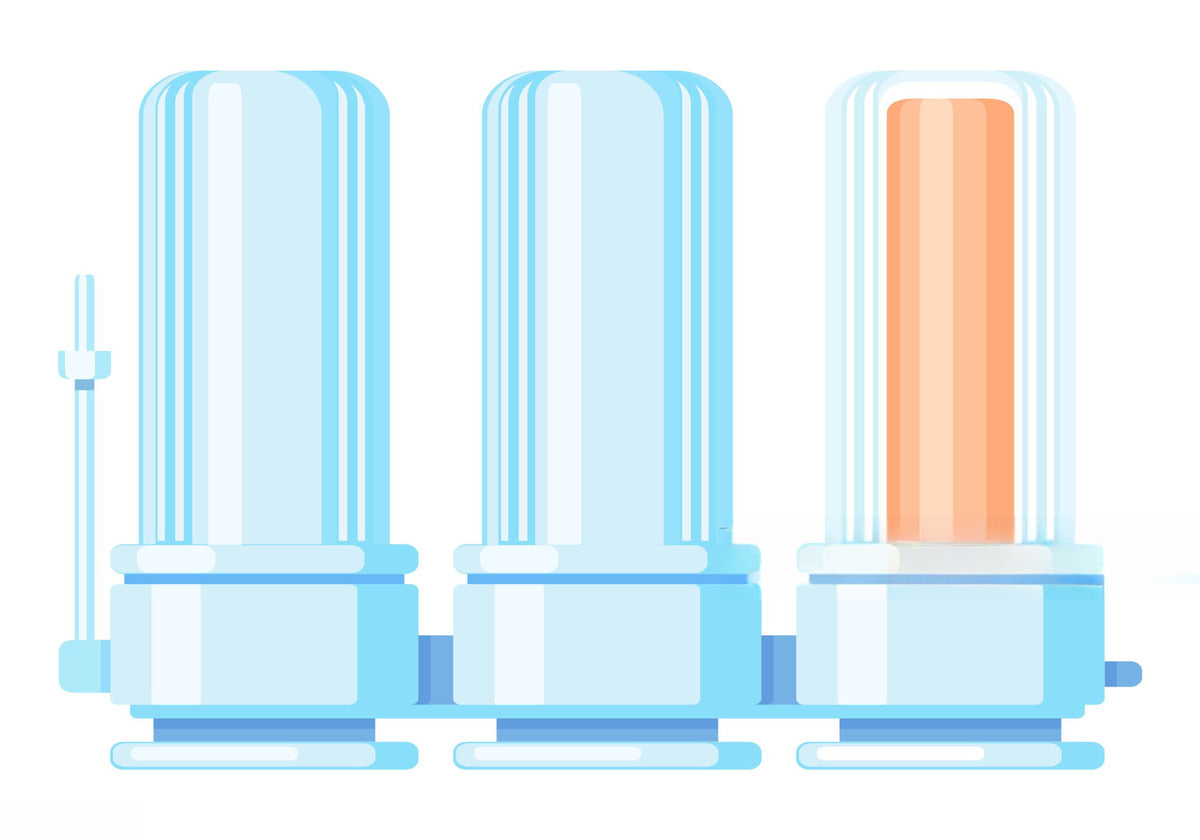
After everything has been set up, the UV purifier should be activated. Ultraviolet light emits a specific wavelength, disrupting bacteria’s genetic material. However, they do not remove heavy metals, chemicals, or physical contaminants well. Therefore, if you are looking for a trustworthy water purification system for your house, you should examine other options. At-home water purification may also be accomplished by combining ultraviolet (UV) treatment with other filtering techniques, such as activated carbon filters. This is a good approach.

In residential water filtration systems, ultraviolet (UV) technologies typically fall into one of two categories. These two types of light-emitting diodes (LEDs) are sophisticated and low-pressure mercury vapor lamps. In the past, low-pressure mercury vapor lamps have been the most common option. These lamps produce ultraviolet light with a short wavelength and are very efficient in eliminating microorganisms. With that being said, these lamps do contain a trace amount of mercury, which means that you need to exercise caution while handling and disposing of them.
In contrast, ultraviolet (UV) purifiers that use light-emitting diode (LED) technology have gained popularity due to their enhanced energy efficiency, longer lifetime, and composition that does not include mercury. LEDs can emit ultraviolet light with various wavelengths, which may be used to eliminate certain disease-causing microorganisms.
Distillation
Distillation is yet another method of water purification that may be performed safely at home. This method makes use of evaporation to eliminate contaminants. In this method, big organic molecules that are non-volatile and inorganic compounds are extracted from polluted water during the process of heating the water to the point when it becomes steam. When the steam is allowed to cool and condense, the water is free of contaminants such as lead and nitrate.

Additionally, distillation is an effective method for eliminating inorganic pollutants and microbes, such as bacteria and some viruses, which may be eliminated by boiling them off. On the other hand, the method has its nuances. However, substances such as toluene and benzene, which have lower boiling points than water, can evaporate with the water and recontaminate the filtered product if they are not appropriately treated before condensation. This is even though it is excellent at eliminating certain organic compounds due to their solubility and boiling points.
Filtration
Most of the time, the principal filtering procedures that are an aspect of our everyday life involve filters installed on the faucet or in the pitcher. These filters use activated carbon to capture impurities and enhance the quality of the water. Nevertheless, several water filtration systems for households will be covered further down in this article, providing a more healthy experience and offering superior outcomes.
Under-sink Water Filter System : In most cases, it is concealed under the kitchen sink. It employs many stages of filtration, which often include carbon and sediment filters, to eliminate particulates, chlorine, and other contaminants. Because of its placement, this filter may be readily incorporated into the plumbing system that you already have in place.
Countertop Water Filter System : There is no need for a complicated installation process since this water purification system for the house is a self-contained device that can be placed on the kitchen counter. It uses reverse osmosis, ceramic, and activated carbon technologies to help filter water. It is among the most versatile and convenient approaches because of its portability, adaptability, and ease of use.
Whole-house Water Filter System : Because this system guarantees that every faucet in your house offers filtered water, it is often used to substitute water purifiers installed in sinks and other types of installations. In most situations, it consists of a series of filters and, in certain instances, water softeners, which offer further water treatment at the point of intake. Your drinking water is cleaned by the water purifier system, which also offers advantages for cooking, bathing, and other activities in the house.
Every single kind of water filter offers its own individual set of advantages. The countertop filters are portable and easy to use, while the under-sink filters are discrete and perfect for a single water source. Whole-house systems provide a comprehensive solution for the whole home.
Chlorination
In a conventional chlorination process, chemicals containing chlorine, such as sodium hypochlorite, calcium hypochlorite, or chlorine gas, are often used. These chemicals, available for purchase, provide an economical and effective solution for purifying water at home.
Household bleach, which commonly includes sodium hypochlorite, is the approach that is used the most often. The water is treated with this chemical in the appropriate proportions in order to disinfect it without compromising its flavor or safety. However, although chlorination is an excellent method for eliminating parasites, viruses, and bacteria, it does not permanently eliminate all chemical contaminants or impurities. Consequently, while selecting whether or not to chlorinate water, evaluating the water’s quality and any possible pollutants is essential.
You can choose from a variety of chlorination treatments based on your preferences. Tablets or chlorine granules are among the most often used available alternatives. After the tablets have been added to the water by the instructions, they will gradually break down, releasing chlorine into the water. Administration of liquid chlorine solutions, such as bleach, is another dosage control alternative.
The use of chlorination products specifically designed for water treatment is always recommended to get the best possible results and avoid unintentional additions. On top of that, it is essential to be aware of the appropriate quantity of chlorine to add. The addition of an excessive amount or an insufficient amount might lead to an unpleasant flavor as well as serious health hazards.
Reverse Osmosis Water Filter
In order to pass over a semi-permeable membrane, water molecules go through a process known as reverse osmosis, which separates them from impurities. This procedure can effectively remove a wide variety of impurities, such as viruses, bacteria, minerals, and other particles that can impair the flavor and safety of your water.
Installing reverse osmosis system in your home may be done in various ways, such as water filters for worktops, beneath sinks, or the whole house. One of the advantages is that it eliminates impurities while enhancing the flavor and aroma of your water. By reducing the need for bottled water and promoting sustainability, this approach is cost-effective and environmentally friendly.
Which Water Purification System at Home Is Right for You?
The process of reverse osmosis system, sometimes known as RO, is a dependable treatment for removing a wide range of contaminants, including bacteria and viruses. This water purifier may be set in the sink as a water purifier, and it can be linked to all of the faucets in the home. It provides a complete cleaning for both drinking and cooking. Filters such as the Waterdrop Water Filter Systems are effective in removing manganese and iron from your water supply and improving the flavor of the water throughout the whole home.
Distillation is an effective method for removing some minerals and toxins from the environment. Even though ultraviolet radiation does not eliminate all pollutants, it is an excellent disinfectant. Removing germs and parasites by boiling is fundamental; nevertheless, it does not remove other types of pollutants.
Consequently, the water purification system that is most suited to your needs and tastes will be the one you choose. In order to choose the system that is most suitable for your requirements, you should consider your preferences regarding taste, convenience of use, and the types of pollutants present.
In Summary
Reverse osmosis systems are an excellent choice for achieving complete filtration. Systems that employ filtrations, such as the Waterdrop 320-gallon Long-Lasting Faucet Water Filter, are an alternative that works well for countertop and single-outlet sources and provides a more excellent taste for your day-to-day usage.
Microorganisms may be eliminated easily with the use of boiling. The distillation process is an efficient method for removing minerals. On the other hand, ultraviolet radiation is sufficient, although it may not be able to eliminate all contaminants. We have already covered this. Therefore, using reverse osmosis, distillation, boiling, UV radiation, filtration, or any other method depends on your needs.




